Abul-Qasem Ferdowsi Tusi (940 – 1020Ad) was born into a family of Iranian landowners (dehqans) in 940 in the village of Paj, near the city of Tus, in the Khorasan region of the Samanid Empire, which is located in the present-day Khorasan Razavi Province of northeastern Iran.
In the course of the centuries, many legends have been woven around the poet’s name, but very little is known about the real facts of his life.
The poet had a wife, who was probably literate and came from the same dehqan class. He had a son, who died at the age of 37, and was mourned by the poet in an elegy which he inserted into the Shahnameh.
The only reliable source is given by Nezāmī-ye ʿArūzī, a 12th-century poet who visited Ferdowsī’s tomb in 1116 or 1117 and collected the traditions that were current in his birthplace less than a century after his death.
ʿArūzī does not mention the date of Ferdowsī’s death. The earliest date given by later authorities is 1020 and the latest 1026; it is certain that he lived to be more than 80.
Shahnameh one of world's longest epic poems
Ferdowsi's Shahnameh “The Book of Kings” is one of the most important Iranian outstanding masterpieces in Persian culture and language, the writing of which took more than three decades.
Being the longest poem in the world, Shahnameh played a very crucial role in preserving the Persian culture and language; through the years of the invasion of Iran.
Consisting of some 50,000 "distiches" or couplets (two-line verses), Shahnameh is the world's longest epic poem written by a single poet.
The Shahnameh includes stories of politics, war, battle scenes, hunting, heroism—and, of course, love. It recounts the legendary history of Iran from the creation of the world until the seventh-century Islamic/Arab conquest. Hence, its entire subject matter is pre-Islamic and is threaded with Zorasterian myths and motifs.
It is the history of Iran's glorious past, preserved for all time in sonorous and majestic verse. The language is pure Persian with only the slightest admixture of Arabic.
Shahnameh as a great work in the area of culture and civilization represents the strengths and uniqueness of this Persian work that gave inspiration to other nations. Several times, it has been translated into other languages which represent the strengths and uniqueness of this Persian work.
The romance of Zal and Rudaba, the Seven Labors of Rostam, Rostam and Sohrab, Siavash, and Sudaba, the romance of Bizhan and Manizheh and Rostam and Esfandyar are among the most popular Shahnameh stories.
Shahnameh is one of the main pillars of the modern Persian language.

Here are some lines from his poems. Ferdowsi concludes the Shahnameh by these lines:
Magnificent buildings will be destroyed
From rain and exposure to the sun
I founded a great palace of verse so high
That sees no harm by the wind and the rain
Thus, I won’t die, for I am forever alive
As I’ve spread the seed of the word
Whoever has intelligence, vision, and belief
Even after my death will praise me
Tomb of Ferdowsi one of tourist attractions in Iran
Today, Ferdowsi's tomb is one of the tourist attractions in Iran. Millions of visitors from various provinces of Iran come to see the tomb every year. Foreign dignitaries, tourists, and other Persian-speaking people from Europe, Asia, and the Middle East also visit the site.
The tomb of Ferdowsi is considered as one of the most honorable cultural attractions of Iran, which is located in the northeastern holy city of Mashhad in Tus garden.
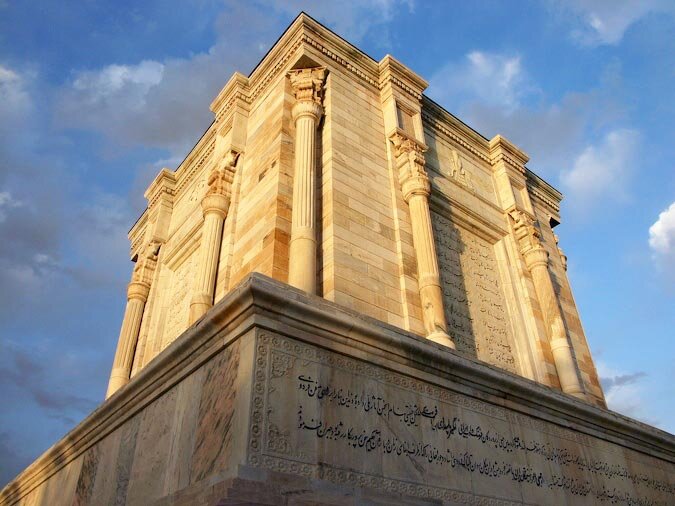
The tomb edifice is inspired by the tomb of Cyrus the great and is cubic in shape some of whose profiles show inscriptions of Ferdowsi's poems taken the book of kings.
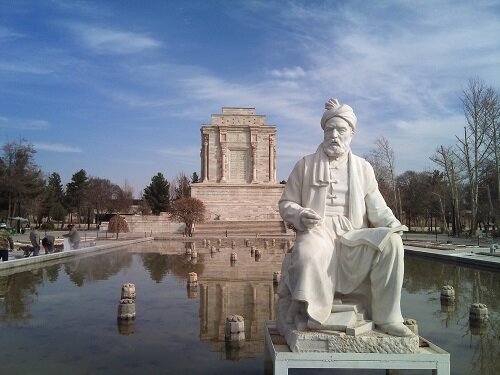
Beside the tomb of Ferdowsi, there is a vast pool at the end of which there is the statue of this great epic poet welcoming the visitors.
Among other spectacular aspects of the tomb is the Ferdowsi museum in which cultural and historical items are being kept such as pre-historical stone-made items, various types and versions of the book of Kings, and a number of paintings portraying scenes adopted from this masterpiece.
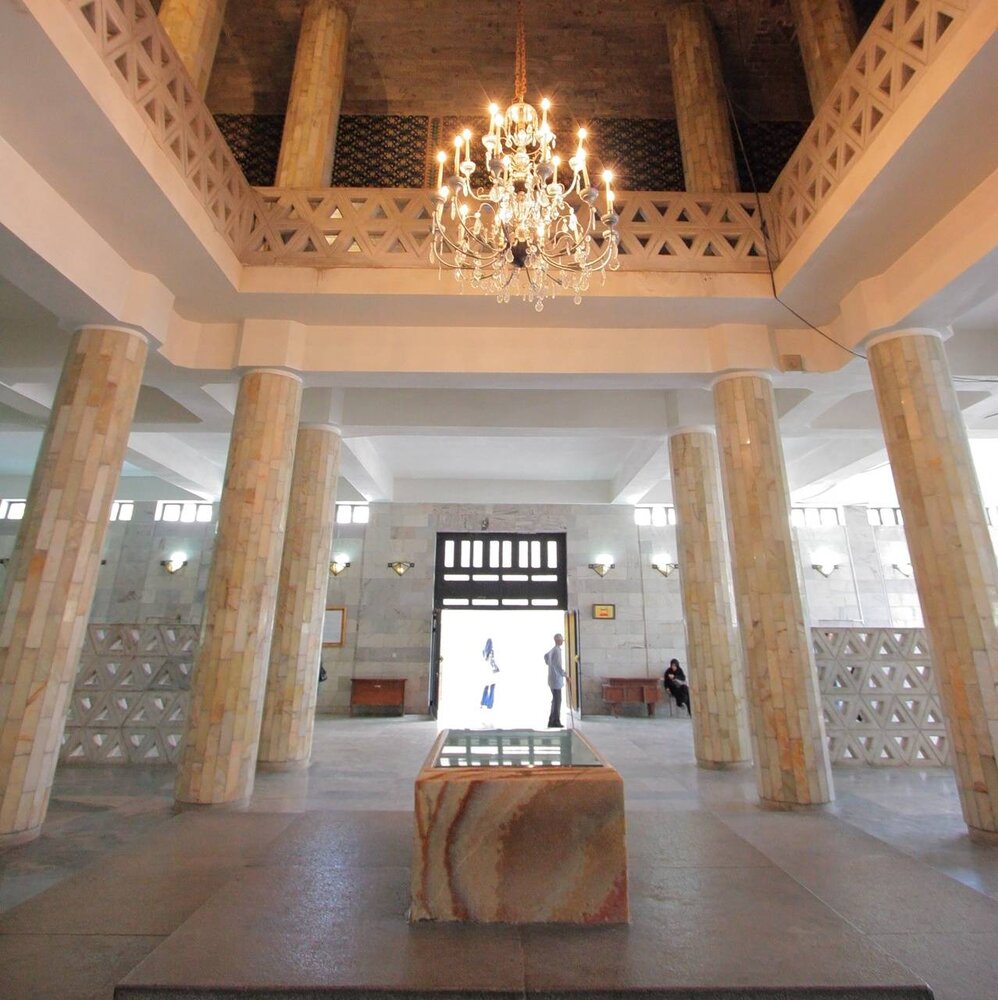
The site has also inspired many Persian poets including Mehdi Akhavan-Sales who is actually physically buried not far from the tomb of Ferdowsi, in his own tomb on the grounds of Ferdowsi's complex.

Today is the National Commemoration Day of the great Iranian epic poet Ferdowsi. Every year, a number of literati and scholars from around the world gather at the mausoleum on May 15 to commemorate the great Persian.
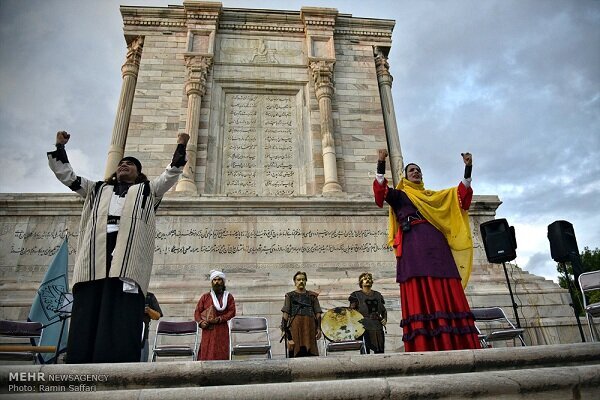
Reported and compiled by Marzieh Rahmani


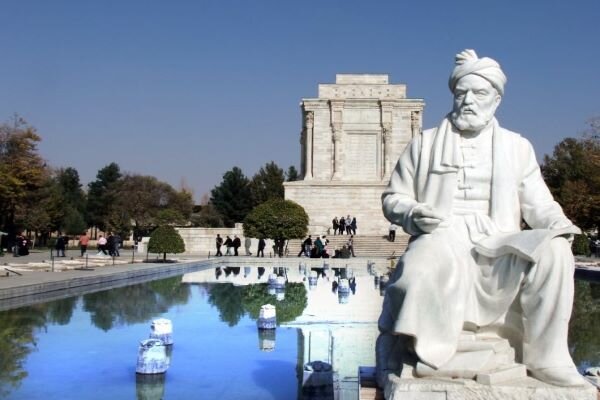



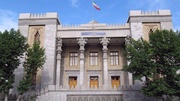

















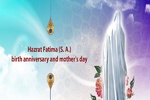

Your Comment